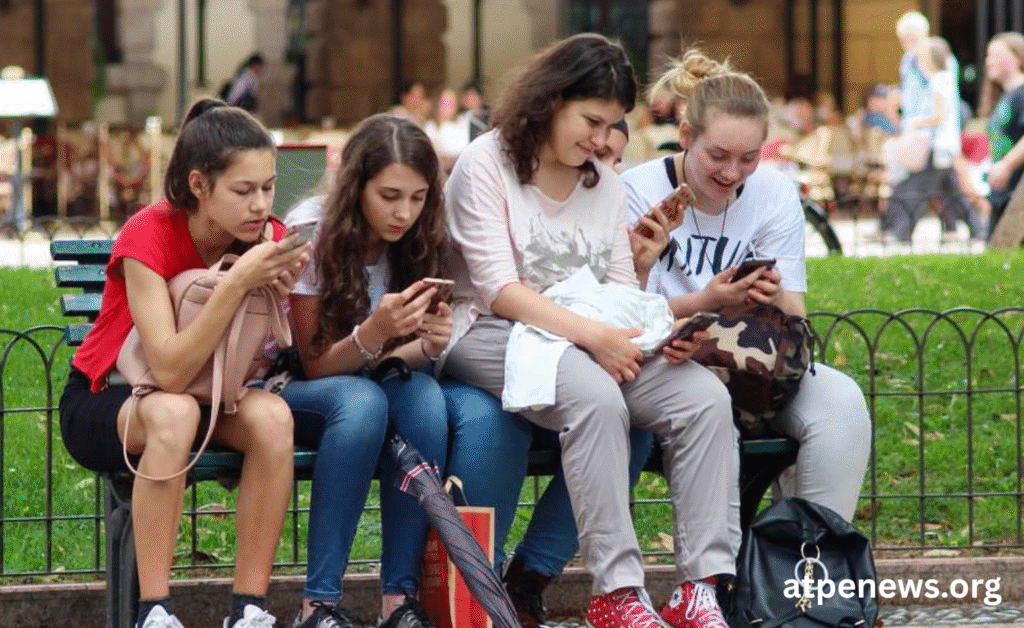What If Smartphones Aren’t the Problem?

A groundbreaking new survey sheds fresh light on how smartphones are shaping the lives of today’s teens, and it challenges some long-held assumptions. The 2025 Life in Media Survey, conducted by the University of South Florida in partnership with The Harris Poll, is the first national baseline study of digital media use and well-being among 11- to 13-year-olds. Drawing on responses from over 1,500 Florida middle schoolers, the study paints a complex and often surprising picture of how smartphones, social media, and screen habits are impacting young adolescents.
Smartphones and Well-Being
One of the most eye-opening takeaways: Kids who have their own smartphones actually report better outcomes on many measures of well-being than those who don’t. These kids are more likely to feel good about themselves, are less likely to feel depressed or say life feels meaningless, and are more likely to spend time with friends in person. Contrary to popular fears, simply owning a smartphone does not appear to be driving the adolescent mental health crisis. In fact, it may offer social and emotional benefits.
Interestingly, household income doesn’t explain these findings. Children from lower-income families were actually more likely to own smartphones than their wealthier peers. This challenges the assumption that screen access and mental health are tied to socioeconomic status.
The Real Risks
Although owning a smartphone isn’t inherently harmful, the way kids use their devices clearly matters. The most consistent warning sign in the data was public posting on social media. Kids who frequently post or share content publicly reported higher levels of depression and anxiety, more sleep disruption, and a greater sense that technology interferes with their daily lives.
Cyberbullying also emerged as a major issue. Over half of the kids surveyed said they had experienced at least one form of cyberbullying in the past three months. Surprisingly, kids without smartphones were more likely to be cyberbullied than those who owned one. Even a single negative online experience was linked to increased emotional distress, including anger and depressive symptoms.
Sleep is another area impacted by digital behavior. Nearly a quarter of kids said they slept with their phone in bed or in their hand, and those who do get less sleep than peers who keep their phones out of the room entirely. Heavy social media users were more likely to lose sleep, feel restless without their phones, and choose online time over in-person interaction. Interestingly, they were also more likely to report daily exercise.
Looking Ahead
With 78% of teens already owning smartphones—many since age 7—this is the most digitally connected generation of young adolescents ever studied. The findings suggest that instead of focusing on banning phones, adults should pay closer attention to how kids are engaging with digital media.
The Life in Media researchers will continue to track this group over the next 25 years, offering unprecedented insight into how early digital habits shape health and well-being into adulthood. It’s the first step in understanding a generation growing up with phones in their pockets, friends at their fingertips, and an ever-expanding world of connection just a tap away.
For more information or to explore the full findings, visit lifeinmediasurvey.org.

Share Your Thoughts
Log in to the ATPE Online Community to communicate with educators from across Texas on this article and much more. Explore the community today!